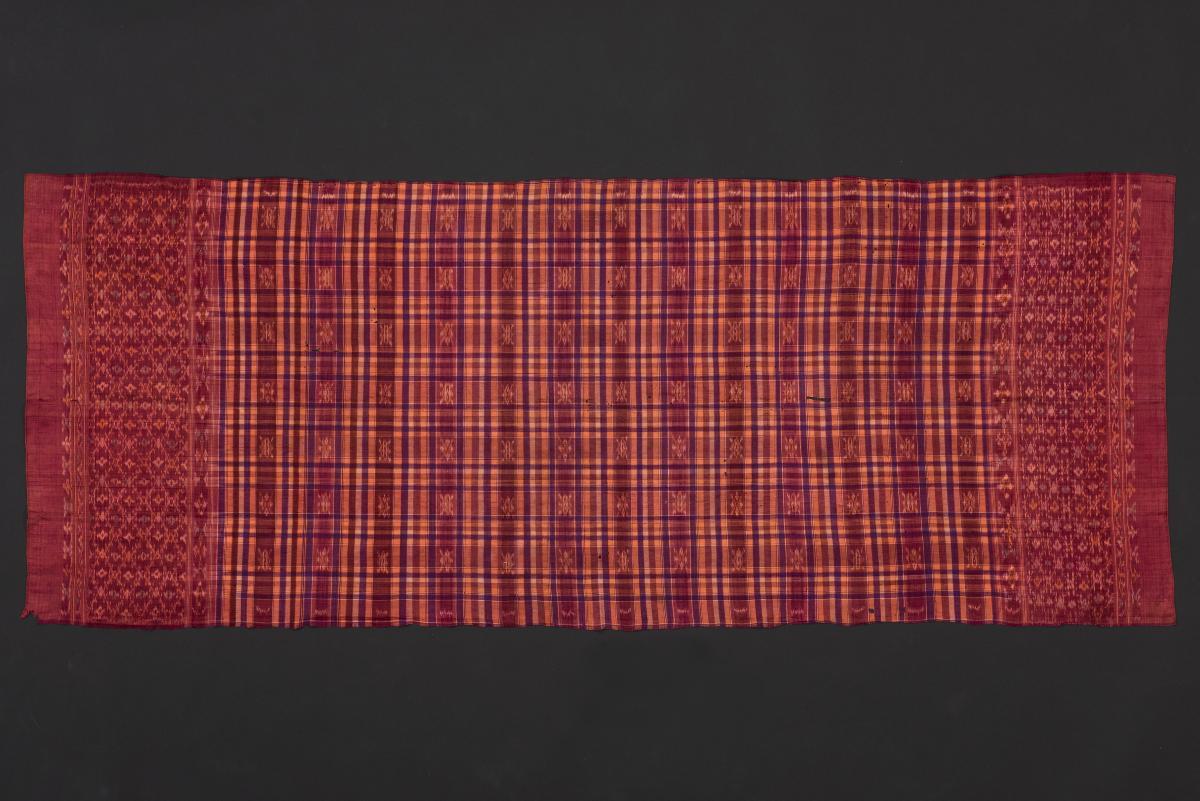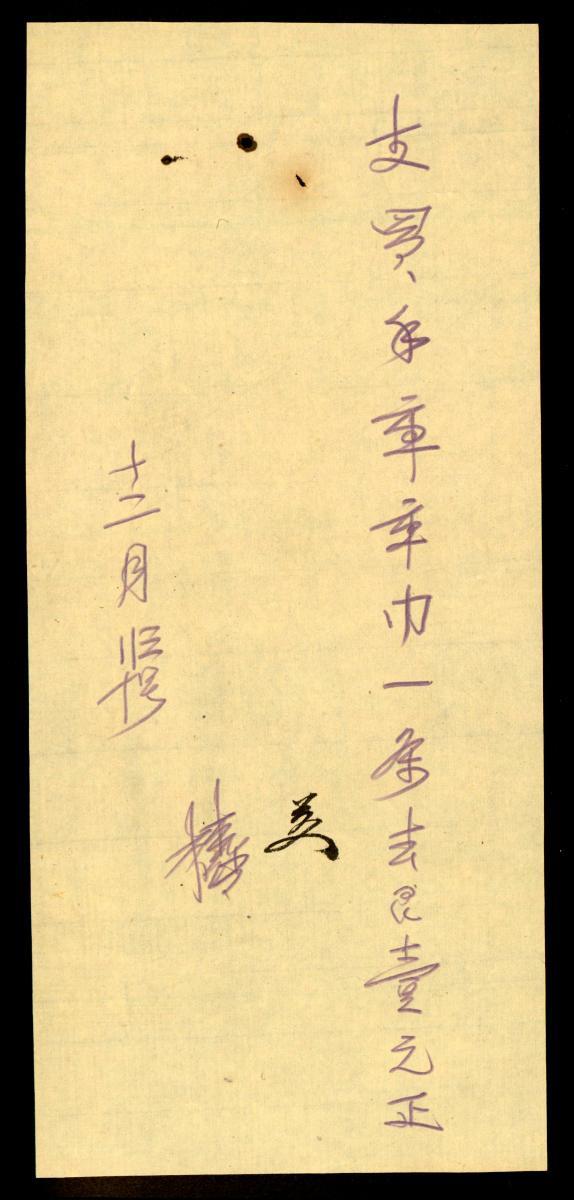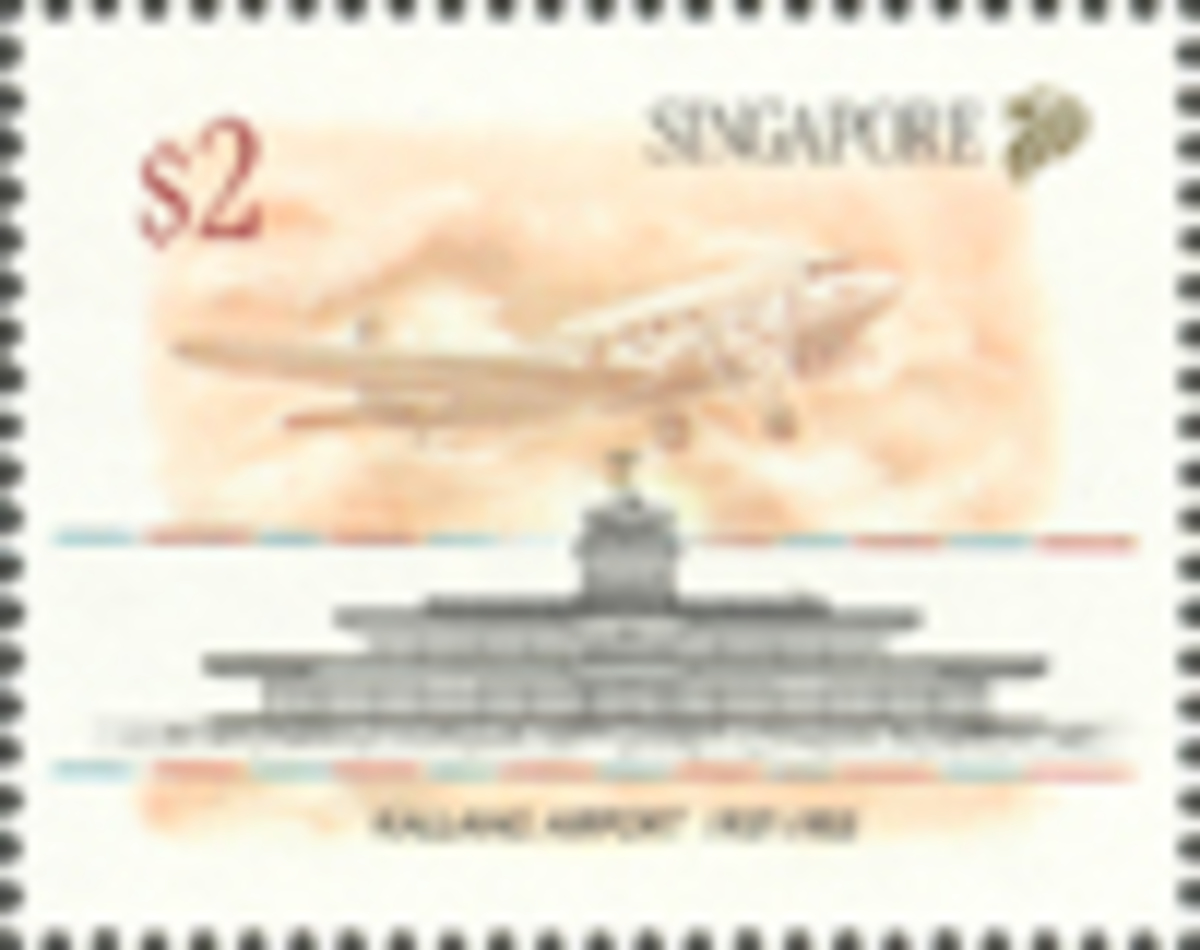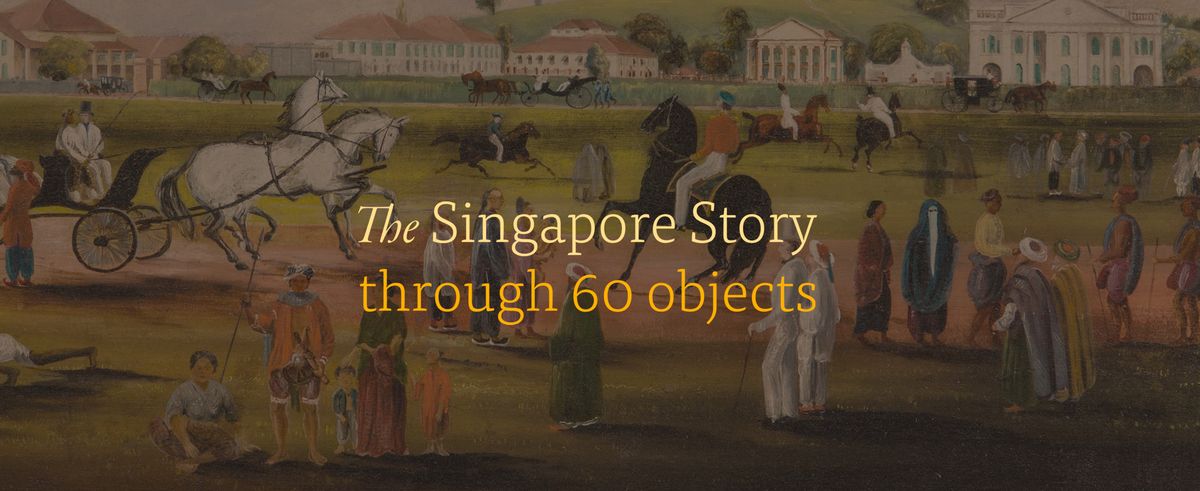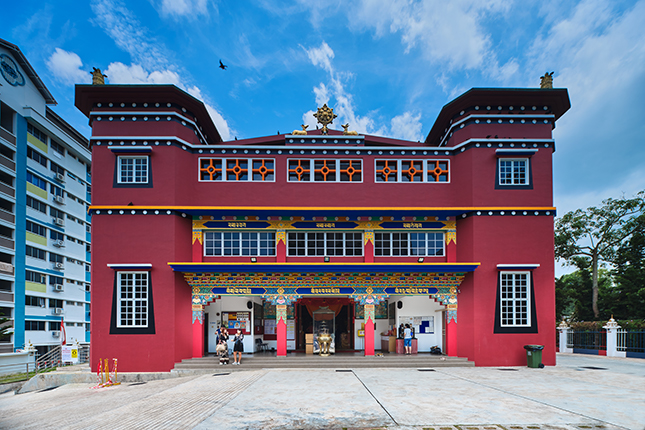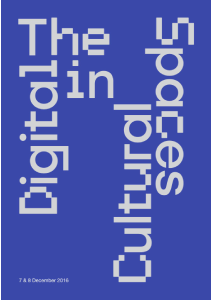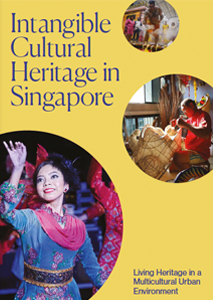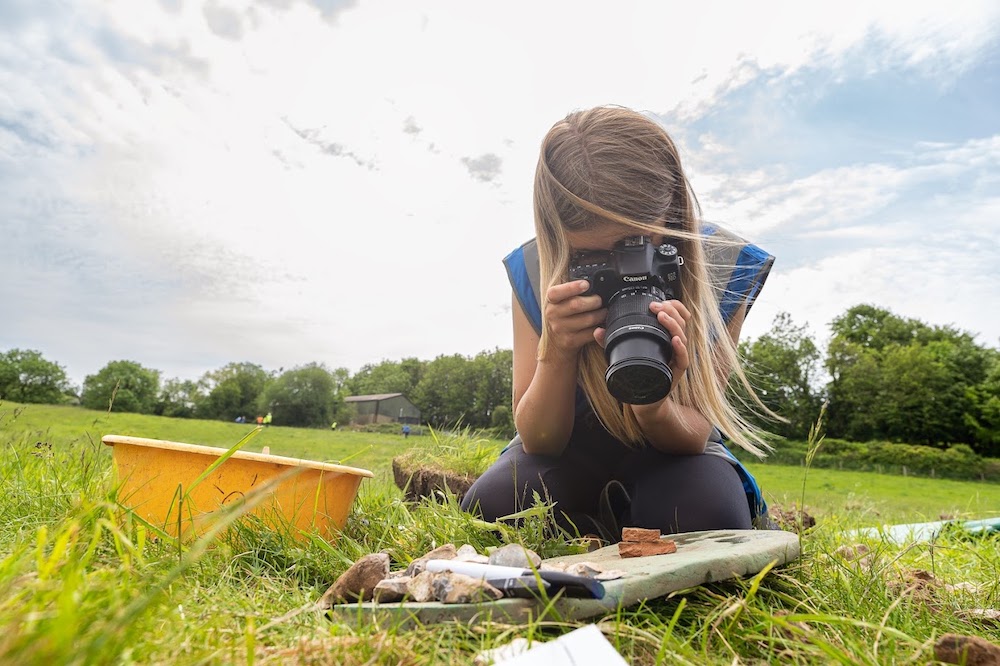This Malay weft ikat shoulder cloth or selendang is a rare example from Pattani. Pattani is an important economic and cultural hub in what is now Southern Thailand. Pattani Malays have close cultural affinities with the rest of the Malay world, particularly Kelantan, Terengganu and Kedah. Such cloths are made using the weft ikat technique, a complicated process in which the weft threads are carefully tied and dyed prior to weaving. Sections of thread are laid out on a frame and tightly tied with resists that block the absorbtion of dyes when the threads are submerged in a dye bath. Subsequently re-tying and dyeing in different colours, typically from lightest to darkest allows the weaver to weave cloths with complex, multi-coloured designs. The selendang was typically worn draped over the shoulders or it could be worn over the head for modesty’s sake. Everyday selendang could also be used as a sling to support a baby or carry other heavy items. A fine silk example like this one though would have been a prized posession and very carefully looked after. Silk was a luxury good popular with wealthier Malays. While it was known to be produced in the Malay world at least since the 16th century, most of the silk thread used was imported from China.




